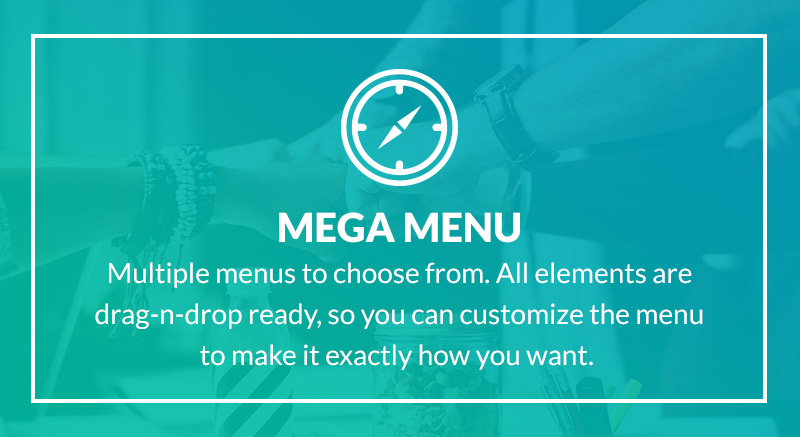Indulge me for a second and let’s try a little thought experiment.
Imagine your colleagues outside of L&D — managers, frontline staff, sales reps, new hires etc — each had their own always-available, always-supportive AI performance coach. No set-up time, no searching for materials, just instant, intelligent support in the moment they need it.
What would you want that coach to do for each of those colleagues?
-
Offer reminders on key tasks?
-
Help them prepare for or reflect on a difficult conversation or meeting?
-
Serve up step-by-step guidance during their first few weeks in a new role?
This isn’t the stuff of fantasy anymore. AI is becoming sophisticated enough to do all of that — and more. But let's not get carried away.
Your answers to the 'learner need' question matter more than any tech solution. Because performance support is about learner need first and tech delivery second — not the other way around.
That's why the PerformaGo AI tool that we are developing, starts with performer needs, not content or clever tech. It help's you to think through: What do learners struggle with most, post-training? What’s hard for them to remember? What gets skipped when things get busy? What barriers exist in the workplace that might be holding them back or discouraging them from applying their new skills?
Then we make it super-easy for you to design lightweight, AI-powered assistants that:
-
Provide authentic and accurate help, advice and reminders
-
Reference the specific skill sets and content that an individual learner needs to complete a specific task
-
Prompt the learner to plan, complete or reflect, based on real-world application and challenges
This is about providing real-time learning and support that lives in the workplace — not inside the LMS.
So, what would you want an AI coach to help your learners do?
Interested in finding out more about how PerformaGo could help your learners achieve more successful workplace application? Register your interest at pacificblue.ai - help us shape the tool and get early access.








